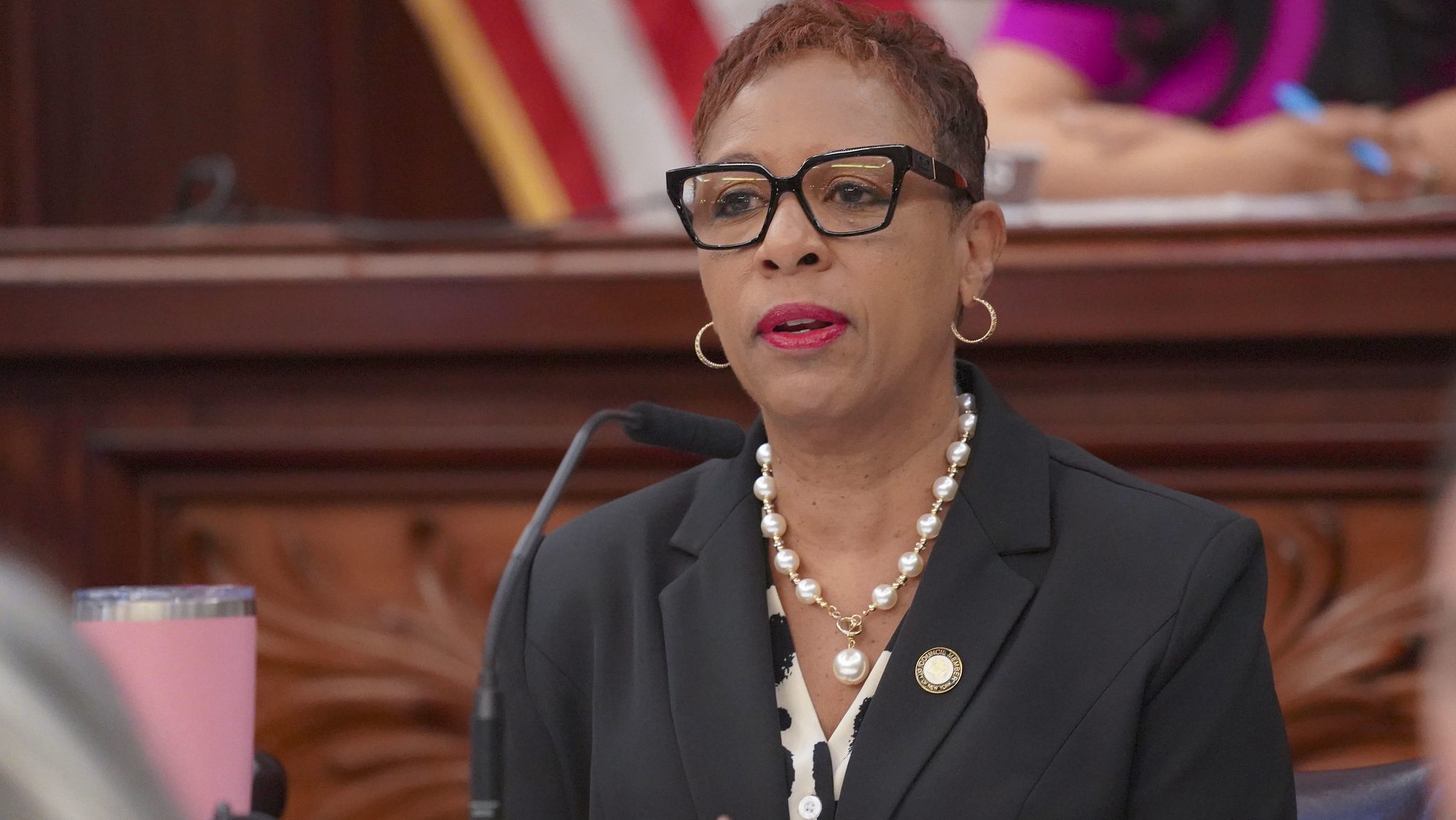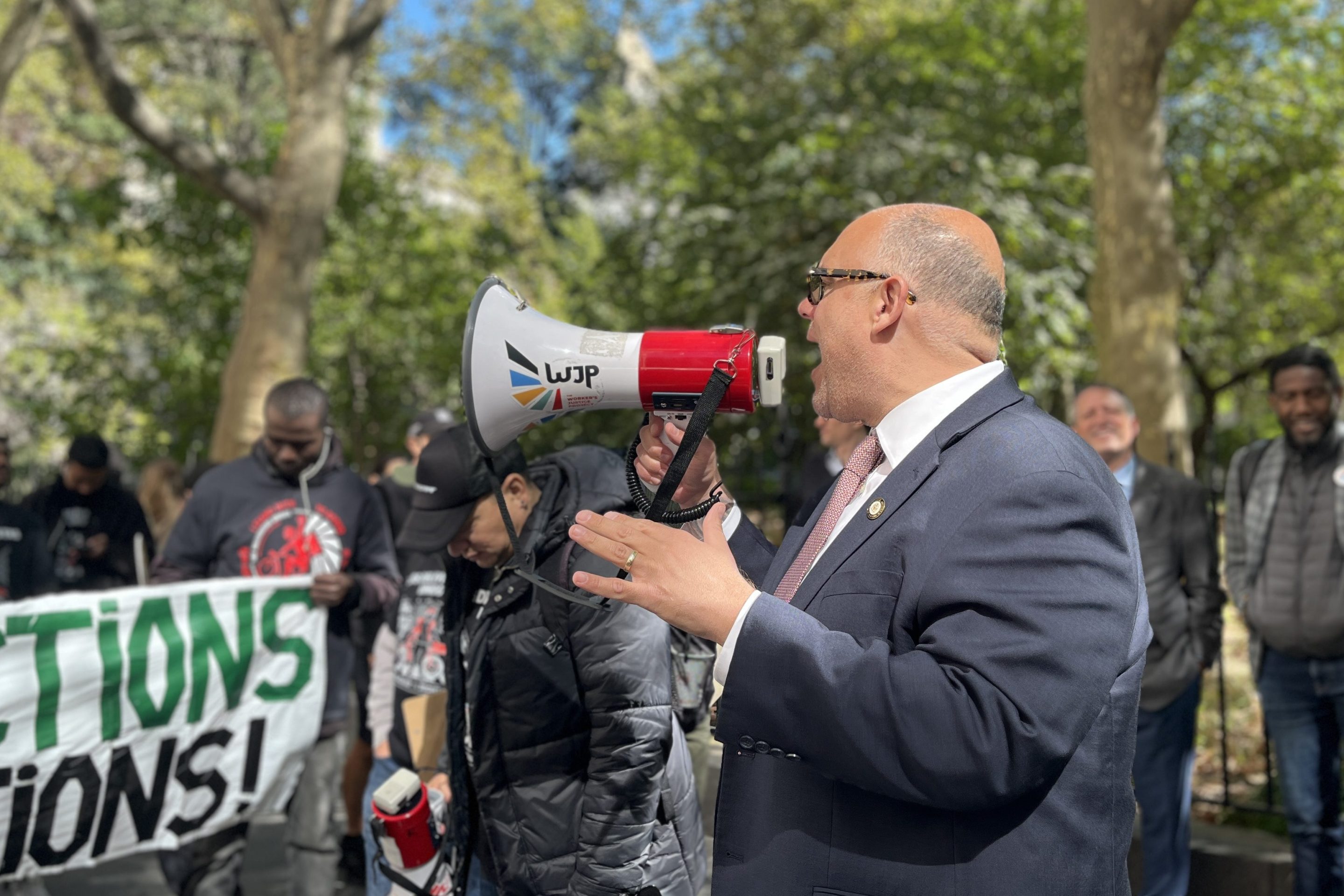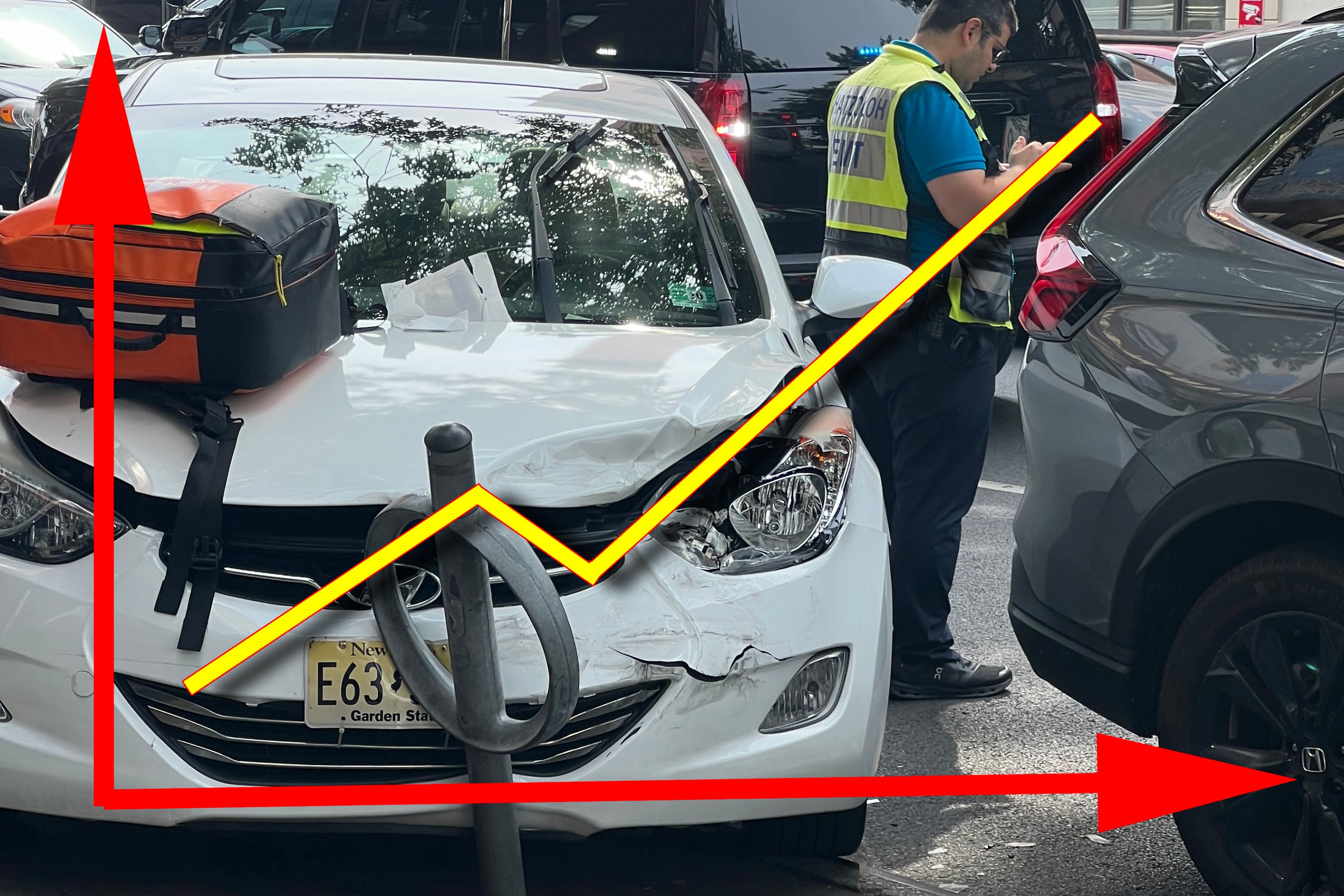The mistakes of the urban renewal era are supposed to be behind us. Super-blocks, blank walls, and the publicly subsidized demolition of varied buildings to make way for monolithic districts are relics of a bygone era. Right?

Branden Klayko, who writes about Louisville at Broken Sidewalk, doesn't think so. While development practices have changed in the last 50 years, Louisville still has a propensity to build mega-projects. Klayko writes that Jane Jacobs' classic warning about the destruction of urban fabric and street life, "Downtown is for People," feels just as relevant today as when Forbes published it in 1958:
"These projects will not revitalize downtown; they will deaden it," Jacobs added. "For they work at cross-purposes to the city. They banish the street. They banish its function. They banish its variety.”
I don’t mean to compare Louisville’s recent large-scale developments outright to the mega-projects Jacobs is lamenting. The proposals from decades past were often far more destructive. But Louisville's big proposals today are equally changing the nature of the city. And we must make sure we know exactly how. Jacobs' lessons are certainly just as applicable today as they were half a century ago...
Much of what Jacobs was writing about was symptomatic of the 1950s and 1960s development scene -- namely the suburbanization of downtowns, but the larger issues appear to still be with us today. Nearly every view the public is offered of a mega-project proposed in Louisville today is a sky-high aerial view that offers no ideas of how the development would affect the part of the city we all know best: the street. And Jacobs knew the building blocks of a city were small -- beginning with the street.
"The best place to look at first is the street," Jacobs said. "The street works harder than any other part of downtown. It is the nervous system; it communicates the flavor, the feel, the sights. It is the major point of transaction and communication. Users of downtown know very well that downtown needs not fewer streets, but more, especially for pedestrians."
Elsewhere on the Streetsblog Network: Transportation for America urges President Obama to get behind a gas tax hike while prices at the pump are low. Seattle Transit Blog has an update on the growth of car-share services in the city. And Strong Towns spells out everything that's wrong with the $50 million rehab of the Nicollet Mall in Minneapolis.





